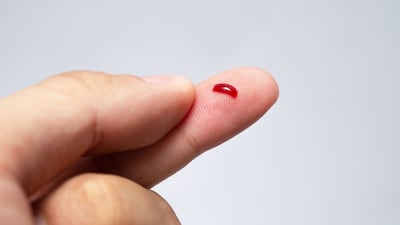Surgical sealants and adhesives, used to control bleeding and hasten wound closure, have always represented a rather sticky market. Companies with such products always face the difficult challenge of convincing surgeons proud of their skills that these adjunctive technologies improve outcomes, and aren’t just "nice to have." Surgeons have traditionally regarded sealants and adhesives as convenience factors, having rarely gotten a chance, down the road, to get a second look at the surgical site to see how such products improved how the wound healed. Finally, hospital administrators and payors have needed to see that tissue sealants and adhesives lead to overall economic benefits and improved clinical outcomes, and this has been very difficult for companies to demonstrate. In the length of time it’s taken companies to demonstrate these benefits, many surgical markets have been eroded by the adoption of minimally invasive procedures, decreasing the overall opportunity.
It appears that the climate is becoming more favorable, however, especially in Europe, according to European Markets for New and Emerging Wound Closure Products and Techniques, a report published in...
Read the full article – start your free trial today!
Join thousands of industry professionals who rely on Medtech Insight for daily insights
- Start your 7-day free trial
- Explore trusted news, analysis, and insights
- Access comprehensive global coverage
- Enjoy instant access – no credit card required
Already a subscriber?






